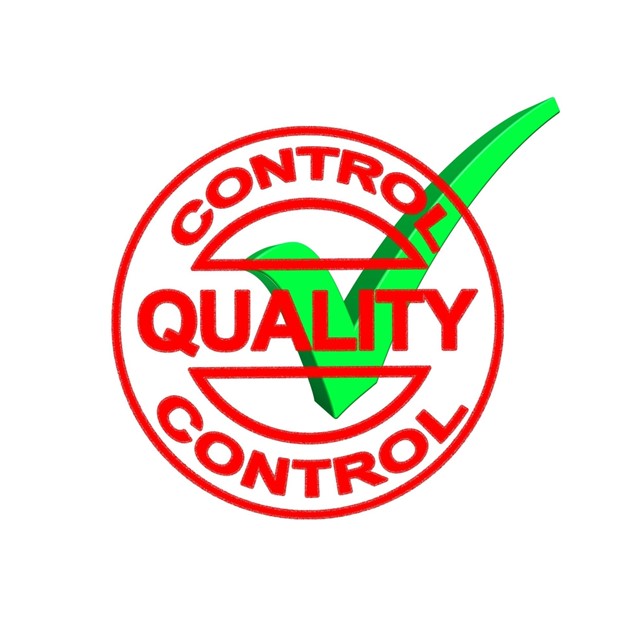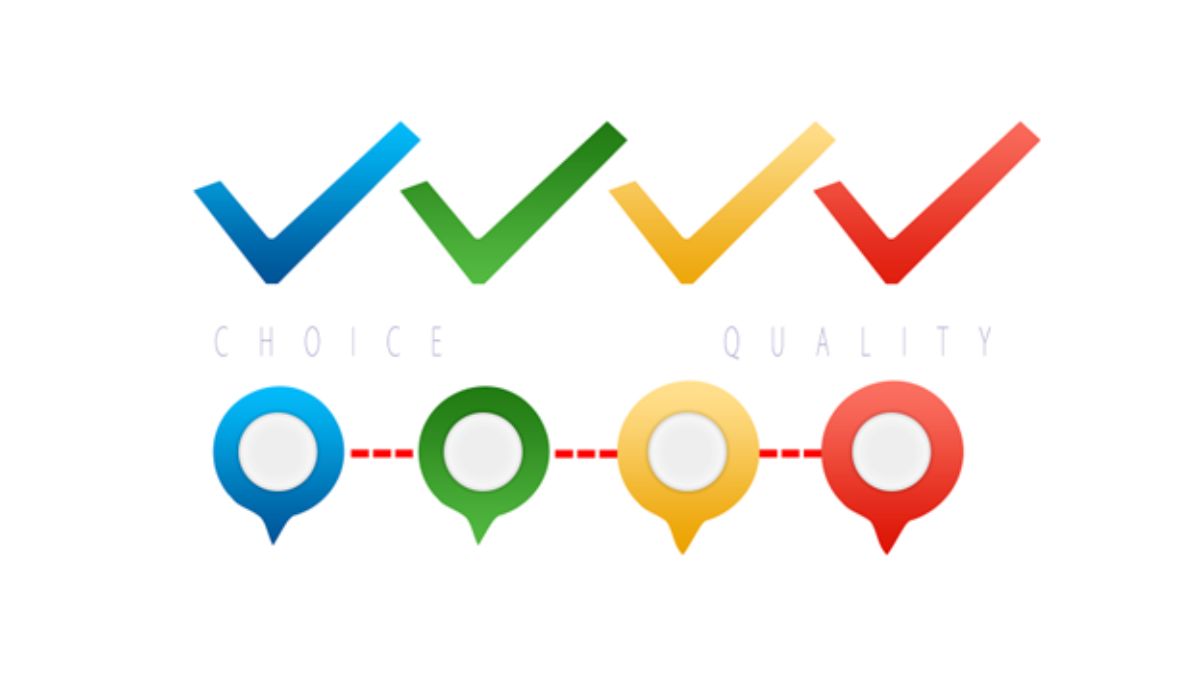Introduction
Quality Management Systems thrive on one factor- you cannot fix what you do not track. For non-conformance managers, Key Performance Indicators (KPIs) are more than just metrics; they are essential tools for driving performance. They reveal how well processes, people and suppliers align to maintain quality. In 2025, data-driven KPIs have become vital business differentiators, helping organisations predict and prevent issues. Integrated with standards such as ISO 9001, ISO 13485, and FDA requirements, KPIs ensure visibility, accountability, and consistent improvement.
Read on to learn more about NCR and 11 essential metrics for measuring its performance.
Understanding NCR

A Non-Conformance Report (NCR Report) is a formal document used in quality management systems to record and resolve deviations. Any deviation from specified requirements, standards, or procedures for any product, service, or process is taken into account. It identifies what went wrong, analyses the cause and outlines corrective and preventive action to avoid recurrence.
The purpose of NCR is:
- To document nonconformities and initiate corrective actions.
- Analyse the root cause of these nonconformities and their impact.
- Promote consistent improvement to take preventive actions at the right time.
11 Essential NCR Performance Metrics

Here are 11 essential metrics used to measure the effectiveness of a non-conformance report or an NCR:
1. Number of Non-Conformance Reports
The number of Non-Conformance Reports or NCRs is a key KPI revealing how often issues occur and how resilient processes are. Tracking NCR trends helps identify recurring problems, seasonal spikes and supplier-related issues.
However, a lesser number of NCRs is not always good. This might signal underreporting whereas higher numbers can reflect effective issue detection and proactive quality management.
2. Time to Detect and Acknowledge Non-Conformance
Time to close NCR is a crucial KPI to measure how quickly non-conformances are resolved. It reflects the effectiveness of a quality management system and its relevance in an organisation. Time detection identifies delays, departmental bottlenecks and approval inefficiencies.
Prompt closure reduces the risk of repeated defects, high scrap, customer impact and administrative costs, while ensuring compliance with regulatory expectations. Faster resolution demonstrates strong corrective actions and prevents minor issues from escalating into larger financial and compliance problems.
3. Time Taken to Assign Responsibility
This metric measures how quickly ownership is assigned after a non-conformance is reported. Timely responsibility assignment ensures immediate containment, faster investigation and accountability across various departmental teams.
Delays can stall corrective actions, allowing issues to worsen. Consistently monitoring this metric helps organisations streamline workflows, reduce confusion and establish a culture of prompt response. Accountability is also strengthened within a quality management process.
4. Time to Close NCR
Time taken to close an NCR is a vital KPI that measures how quickly non-conformance is resolved. It reveals process efficiency, departmental bottlenecks and responsiveness. Delayed closures can trigger audit issues, repeat defects and even rising costs.
Faster resolutions not only improve compliance and build customer trust but also prevent problems. This prevents escalation of issues into larger quality or financial concerns.
5. Recurrence Rate Of Non Conformance
The Recurrence Rate of non-conformance measures how often issues resurface, revealing whether corrective actions truly address root causes or just symptoms. High recurrence signals weak RCA or ineffective CAPA (Corrective and Preventive Actions).
Tracking this KPI helps identify recurring supplier flaws, equipment issues or training gaps. This is to show whether your quality system is improving or repeatedly cycling through the same problem.
6. First Pass Yield
First Pass Yield or FPY measures the percentage of products or processes that pass inspection for the first time-without any rework or rejection. FPY reflects efficiency, process control and material quality.
High FPY means operations are stable and effective whereas low FPY signals defects, rework costs and training or equipment issues. Being savings, in regulated industries, strong FPY safeguards compliance. This also helps in preventing quality problems before they escalate into non-conformance.
7. Cost of Poor Quality
The cost of poor quality (CoPQ) KPI measures the financial impact of non-conformance. This includes direct costs like scrap and rework, indirect costs such as lost customer trust or regulatory fines and hidden costs like overtime and productivity loss.
CoPQ highlights how small issues escalate into significant expenses and helps justify investments in process improvements. Moreover, better equipment, supplier management and regular employee training translate quality performance into clear business and profitability terms.
8. Supplier Non-Conformance Rate
Suppliers play a crucial role in overall product quality, making the supplier non-conformance rate a major KPI for non-conformance managers. Tracking rejected shipments, consistent vendor performance and trends over time help identify supply chain weaknesses.
Integrating supplier metrics into quality strategy promotes transparency, rewards high performers and addresses underperformers. This KPI also supports compliance with standards like ISO 9001 and ISO 13485. It ensures that external partners uphold the same quality standards as internal teams.
9. Audit Finding and CAPA Closure Rate
Audits act as stress tests for quality systems, highlighting gaps and responses. The Audit Finding Closure Rate KPI measures how effectively your team resolves issues from internal, external or regulatory audits.
High closure rates within timelines show strong corrective actions and accountability, while low rates indicate weak follow-up or ineffective solutions. Tracking this KPI reduces repeat findings, demonstrates continuous improvement and builds credibility with regulators and certifying authorities.
10. Customer Complaint Linked Non-Conformances
The customer-complaint linked non-confirmance KPI measures how product or service issues affect real-world experience. It tracks complaint-driven NCRs, recurring defects and common problem types. Monitoring this KPI prevents regulatory risks and highlights process weaknesses.
Lower complaint-related NCRs improve customer satisfaction and also strengthen brand reputation. The procedure aims to reduce quality-related risks and emphasise the fact that true quality is determined by the end user.
11. Overall Process Improvement Rate
This metric tracks how effectively corrective and preventive actions lead to measurable improvements in processes over time. A high improvement rate reflects successful root cause analysis and a strong commitment to continuous enhancement.
Monitoring this metric helps organisations evaluate whether NCR resolutions translate into lasting efficiency gains, reduced defects and stronger quality performance across products, processes and teams.
The Bottom Line
Effective NCR metrics measure how effectively and permanently issues are resolved. Tracking closure time ensures that timely corrective measures are taken while minimising recurrence rates and identifying the root cause. The aim of the two systems is to strengthen quality systems, prevent issues and drive consistent improvement across products, processes and supplier performance.
Frequently Asked Questions (FAQs)
- 1 ) Which ISO specifies requirements for maintaining quality?
Answer 1 : ISO 9001 specifies requirements for maintaining the quality of products and services delivered by a company.
- 2 ) What is a Quality Management System?
Answer 2 : A Quality Management System (QMS) standardises processes to ensure consistent quality, regulatory compliance, customer satisfaction and improves operational efficiency even during a crisis.
- 3 ) What is a Compliance Management System?
Answer 3 : A Compliance Management System (CMS) ensures adherence to regulations, internal policies and standards. It prevents non-compliance and promotes consistent improvement.
- 4 ) When is an NCR issued?
Answer 4 : An NCR is issued when a product or a service does not meet the quality standards, meet the design specifications or any particular customer requirement.
- 5 ) Who issues NCR in an organisation?
Answer 5 : The NCR processes are taken care of by the quality management system team.






